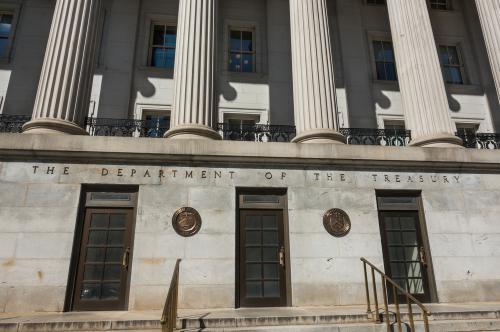Abstract
American places are pulling apart from one another—economically, socially, and politically. Declining regional income convergence, increasing geographic concentration of joblessness, and an increasing awareness of the social costs of long-term joblessness and economic isolation have led many economists to question their traditional skepticism of policies that aim to revitalize distressed areas. Arguments in this vein typically focus on evaluating past programs and identifying conditions under which place-based assistance can be effective. Often overlooked in these discussions, however, is that the federal government already injects about $700 billion annually (3.5 percent of GDP) into state and local economies through intergovernmental grants. This chapter examines how the federal government could adapt the existing grant apparatus to perform better as a shock absorber in recession and an economic equalizer in recovery. After reviewing the existing system, it proposes changes to help federal grants offset differences in underlying state fiscal capacity and respond more quickly to regional economic downturns and national recessions.
The Brookings Institution is committed to quality, independence, and impact.
We are supported by a diverse array of funders. In line with our values and policies, each Brookings publication represents the sole views of its author(s).




Commentary
Harnessing the U.S. intergovernmental grant system for place-based assistance in recession and recovery
September 28, 2018